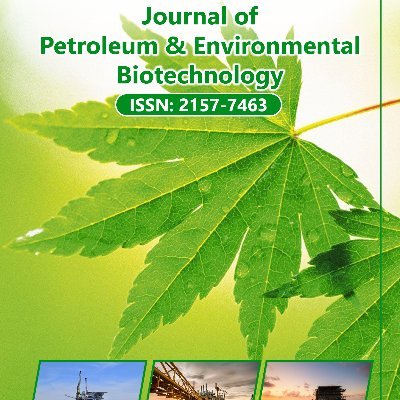Индексировано в
- Open J Gate
- Журнал GenamicsSeek
- ЖурналTOCs
- Китайская национальная инфраструктура знаний (CNKI)
- Библиотека электронных журналов
- RefSeek
- Университет Хамдарда
- ЭБСКО АЗ
- OCLC- WorldCat
- Интернет-каталог SWB
- Виртуальная биологическая библиотека (вифабио)
- Паблоны
- МИАР
- Евро Паб
- Google Scholar
Полезные ссылки
Поделиться этой страницей
Флаер журнала

Журналы открытого доступа
- Биоинформатика и системная биология
- Биохимия
- Ветеринарные науки
- Генетика и молекулярная биология
- Еда и питание
- Иммунология и микробиология
- Инжиниринг
- Клинические науки
- Материаловедение
- медицинские науки
- Науки об окружающей среде
- Неврология и психология
- Общая наука
- Сельское хозяйство и аквакультура
- Сестринское дело и здравоохранение
- Управление бизнесом
- Фармацевтические науки
- Химия
Абстрактный
Кинетическое моделирование и исследование периода полураспада для улучшенной биоремедиации почвы легкой сырой нефтью Bonny, модифицированной органическими отходами сельскохозяйственного и животного происхождения
Сэмюэл Э. Агарри, Муджидат О Арему и Олувафунмилайо Аворанти
В этом исследовании были изучены потенциальные эффекты органических отходов сельскохозяйственных культур и животного происхождения в качестве питательных добавок для биостимуляции автохтонной микрофлоры для биодеградации углеводородов. Микрокосмы, содержащие почву, были засеяны выветренной легкой сырой нефтью Bonny (WBLCO) (10 % по весу) и дополнены различными количествами скорлупы арахиса, скорлупы бобов, скорлупы дыни, кожуры маниоки, коровьего навоза и свиного навоза по отдельности или в сочетании. Скорость биодеградации сырой нефти изучалась в течение периода рекультивации в 42 дня в лабораторных условиях. Результаты показали, что существует положительная связь между скоростью биодеградации нефтяных углеводородов и присутствием органических отходов сельскохозяйственных культур и животного происхождения по отдельности или в сочетании в микрокосмах почвы, загрязненных сырой нефтью. Данные по биодеградации WBLCO хорошо соответствовали кинетической модели первого порядка. Модель показала, что микрокосмы загрязненной почвы WBLCO, измененные органическими отходами сельскохозяйственного и животного происхождения, имели более высокие константы скорости биодеградации (k), а также более низкие периоды полураспада (t1/2), чем микрокосмы почвы, измененные удобрением NPK и системой рекультивации немодифицированной почвы (естественное затухание). Константа скорости биодеградации и расчетные значения эффективности биостимуляции показали, что среди органических отходов сельскохозяйственного и животного происхождения, используемых по отдельности и в комбинациях, свиной навоз, как предполагается, обеспечивает наилучшие показатели биостимуляции, за которым следует комбинация свиного навоза и кожуры маниоки. Предлагаемая здесь система недорогая, эффективная и экологически чистая и, таким образом, может стать жизнеспособным выбором для рекультивации почвы, загрязненной нефтяными углеводородами.